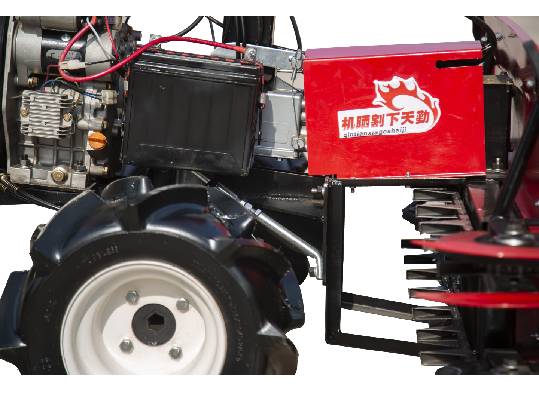Efficient Techniques for Harvesting Hay with Modern Equipment and Sustainable Practices
The Evolution of Hay Harvesters From Manual Tools to Modern Machinery
In the world of agriculture, hay harvesting has long been a crucial task, feeding livestock and ensuring a stable supply of fodder throughout the year. The process of cutting, drying, and storing grass and legumes has evolved drastically over the centuries, particularly with the advent of technology that has transformed traditional methods into highly efficient operations. Today, the hay harvester stands as a testament to the advancements in agricultural machinery, making the once labor-intensive job much more manageable.
The history of hay harvesting dates back thousands of years when farmers relied on simple hand tools such as sickles and scythes. These rudimentary instruments required significant physical effort and manual labor. As societies progressed, farmers began using horse-drawn implements, which improved efficiency but still depended heavily on animal power. The introduction of the mechanical reaper in the 19th century marked a pivotal moment in agricultural practices, significantly reducing the time and effort required to harvest crops, including hay.
By the 20th century, the development of gasoline-powered machinery further revolutionized hay harvesting. The first hay balers emerged, allowing farmers to compress and store cut hay in manageable bales. This innovation not only simplified storage but also facilitated transportation, enabling farmers to distribute their product more effectively. The use of balers expanded rapidly, and by the mid-century, large-scale farms began adopting these machines as essential tools in their operations.
As technology advanced, so did the capabilities of hay harvesting equipment. Modern hay harvesters now include a range of specialized machinery, including mower-conditioners, rotary tedders, and round or square balers. These machines work in concert to streamline the harvesting process. A mower-conditioner, for example, cuts the hay and applies conditioning rollers that speed up the drying time significantly. This ensures that the hay retains its nutritional value and quality, a vital requirement for livestock feed.
hay harvester

Moreover, automation has played a significant role in modern hay harvesting. Many new hay harvesters are equipped with GPS technology and advanced sensors, allowing for precision cutting and efficient use of resources. These advancements not only enhance productivity but also minimize waste, making farming operations more sustainable. Farmers can now monitor their fields and machinery through mobile applications, ensuring optimal performance and timely maintenance.
The integration of artificial intelligence (AI) and machine learning into agricultural machinery represents the next frontier in hay harvesting. These technologies can analyze data to predict the best times for cutting and curing hay based on weather patterns, soil conditions, and crop health. By leveraging these insights, farmers can make informed decisions that optimize yield and reduce costs.
Despite these advancements, challenges remain in the agricultural sector. Climate change poses a significant threat to traditional farming practices, affecting the growth cycles of crops and hay production. However, with innovations like drought-resistant seed varieties and improved water management techniques, farmers are finding ways to adapt.
In conclusion, the evolution of hay harvesters from simple hand tools to complex, technologically advanced machines reflects the broader changes in the agricultural industry. As we look to the future, it is essential for farmers to embrace innovation while also considering sustainable practices that protect our environment and ensure food security. The hay harvester is not just a piece of machinery; it symbolizes the ongoing quest for efficiency and sustainability in agriculture, bridging the gap between tradition and modernity.
Latest news
-
When to Upgrade Your Old Forage HarvesterNewsJun.05,2025
-
One Forage Harvester for All Your NeedsNewsJun.05,2025
-
Mastering the Grass Reaper MachineNewsJun.05,2025
-
How Small Farms Make Full Use of Wheat ReaperNewsJun.05,2025
-
Harvesting Wheat the Easy Way: Use a Mini Tractor ReaperNewsJun.05,2025
-
Growing Demand for the Mini Tractor Reaper in AsiaNewsJun.05,2025







